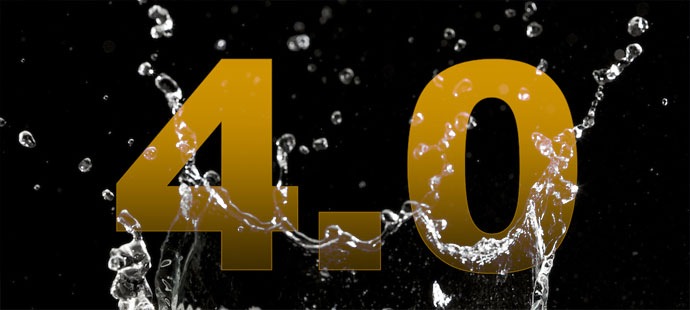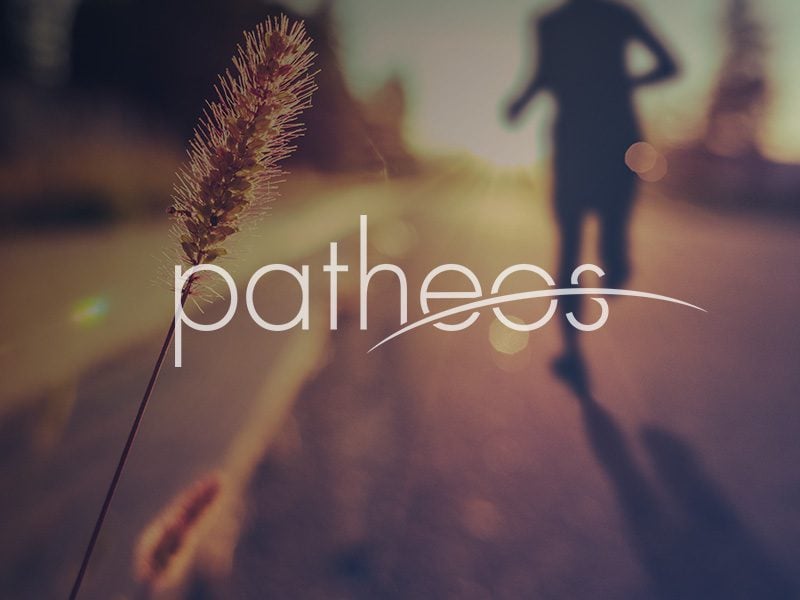The financial difficulties facing the Washington National Cathedral were the subject of a local news item in the Washington Post this week.
The basic story line is valid: “cathedral short of cash seeks creative ways to generate income.” But as GetReligion editor tmatt observed in an an impromptu story conference, this piece had journalistic “holes you can drive a ’60s VW Microbus through… .”
The few errors in Anglican polity found in the story would likely distress only the perpetually aggrieved, but the real difficulty is that the Post declined to ask or explore the question: “why?”
It assumes the worldview of the liberal wing of mainline churches, making this the measure of all things religious. By not asking “why” this story could just as well be written about the troubles facing the local symphony orchestra or art museum.
I was hesitant in taking this story, however, as my theological sympathies are not with the cathedral’s leadership. The Very Rev. Gary Hall, dean of the Diocese of Washington’s cathedral, last year told the Post he was a “non-theistic Christian.” The Aug 1, 2013 story in the Style section penned by Sally Quinn quoted him as saying:
Jesus doesn’t use the word God very much,” he says. “He talks about his Father.”
Hall explains: “Where I am now, how do I understand Jesus as a son of God that’s not magical? I’m trying to figure out Jesus as a son of God and a fully human being, if he has both fully human and a fully divine set of chromosomes. .?.?. He’s not some kind of superman coming down. God is present in all human beings. Jesus was an extraordinary human being. Jesus didn’t try to convert. He just had people at his table.”
It is the glory, or the curse, of Anglicanism that the ranks of its clergy contain men and women who think this way — and others who see this as nonsense.
The divide is not merely local or new — in 2009 I interviewed the Argentine leader of the Anglican churches in southern South America and he told me that meaningful debate between left and right was not possible. He and his conservative colleagues from Africa, India and Asia believed the leader of the American Episcopal church was “not a Christian” as they understood the term.
The disdain does not go one way. Liberal American and English Anglicans have described the theological and intellectual worldview of their third world confreres as being one step above witchcraft.
The split between left and right, liberals and conservatives, progressives and traditionalists — none of these terms adequately describes the combatants — did not arise in 2003 with the election of a “gay” bishop in the Episcopal Church. While there have always been factions within the Anglican world for centuries — high/low, Evangelical/Anglo-Catholic — the latest Anglican wars began in the 30s and hit their stride in the 60s.
Fights over women clergy, premarital sex, abortion, euthanasia, contraception/family planning, divorce and remarriage, pacifism, the revision of the Book of Common Prayer, Vietnam and the civil rights movement and its various permutations of race, gender, class, ethnicity and sexual orientation have been debated ever since.
The temptation I faced was to cloak my criticisms of the underlying issues in the story with the cover of discussing proper journalism and write about bad religion rather than bad journalism. Hence, my reluctance to jump on this story.
What then is the GetReligion angle? What holes are there in this story through which I may drive my VW microbus? The lede states:
When Congress authorized the creation of Washington National Cathedral in 1893, it envisioned a national spiritual home. Decades later, it became a setting for presidential funerals, sermons by the likes of the Rev. Martin Luther King Jr. and worship services for epic national tragedies such as Newtown and Sept. 11.
But would it have thought of tai chi and yoga mats?
The article describes a program of events and activities designed to bring people into the cathedral. The story then moves to context:
As mellow as it all sounds, the week-long public program — “Seeing Deeper” — is part of a highly orchestrated drive by the nation’s second-largest cathedral to remake itself and survive in an era when religious institutions are struggling. And what’s more institutional than a huge cathedral?
Washington National Cathedral, one of the Episcopal Church’s three major U.S. cathedrals, was already forced to halve its $27 million budget in the mid-2000s because of falling revenue before an earthquake in 2011 caused damage tallying an additional $26 million. Although it is now in the black, it must raise its roughly $13 million annual operating budget as well as the remaining $19 million for earthquake repairs.
And then moves to a discussion of the dean’s plans to raise income and attendance and to be a voice for progressive values in Washington.
What is missing from this story, though, is a nod to the reasons for the cash shortfall — apart from the occasional earthquake and economic downturn.
The article makes this assertion:
Experts say cathedrals across Europe and the United States have had to remake themselves as religious affiliation has become much looser and financial models built on membership have broken down.
But we do not hear from the experts. Is this true for all cathedrals, or just Episcopal ones? How is the Catholic cathedral in Washington doing? How are other Episcopal cathedrals handling the new faith environment Dean Hall describes in the piece? These questions should have been raised, or at least acknowledged.
Where are the facts and figures about the Washington National Cathedral’s attendance and income? They are easily found on the national Episcopal Church’s website. It reports “pledge and plate income”, the amount of money the cathedral (whose formal name is the Cathedral of SS Peter & Paul) collected from its parishioners has grown from $400,000 p.a. in 2002 to $2 million in $2012.
At the same time Sunday attendance grew over the last ten years. The figures for Dean Hall’s first year in office have not been published, but should not the story have spoken to these issues.
And, have the Anglican wars played a part in the cathedral’s financial problems? While the amount of money generated by those worshiping on site has grown, giving to support the cathedral from the wider Episcopal world has fallen off. Why? The article states fundraising was easier for the cathedral when it sought to finish construction — an 82 year building campaign.
Could the cathedral’s whole-hearted adoption of the progressive religious and political agenda have anything to do with the little old ladies in Alabama cutting back on their gifts? The article does not ask this question.
As written, the article could have described the problems facing any graying urban institution. Swap out the names and you could recycle this as a story about an art museum, library, orchestra, ballet or other worthy cultural institution. Perhaps the real story here is that the Washington National Cathedral is not seen as a religious institution by the Post but as a temple of ethical culture?











